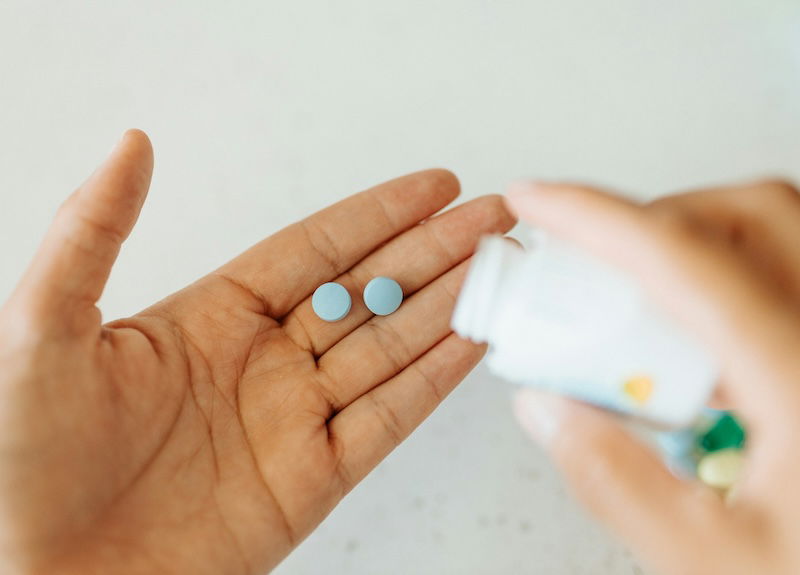
For decades, scientists developing cancer treatments have relied on a trusted ally: a small yellow compound called MTT. This molecule helps researchers test the efficacy of therapies like photodynamic therapy (PDT), a promising treatment that uses light and photosensitive chemicals to destroy cancer cells. But a recent study highlights a sobering fact: if the MTT test is not performed with the utmost care, the results could be misleading.
The study, led by Edith Alejandra Carreño and her colleagues at the Oswaldo Cruz Foundation in Brazil, reveals a series of pitfalls in how the MTT assay is commonly used. The researchers are now offering guidelines to help scientists avoid these errors, ensuring the development of more effective PDT treatments.
Photodynamic therapy works by activating photosensitizers—chemicals that, when exposed to light, produce reactive oxygen species that destroy cancer cells. Before these photosensitizers can be tested in human patients, they go through rigorous testing in the lab. The MTT assay is one of the most popular tools for these tests, helping scientists gauge the viability of cells after exposure to photosensitizers.
However, as Carreño’s team discovered, the MTT assay is more complex than it appears at first glance.
The Devil in the Details
The MTT assay relies on a straightforward principle. In living cells, enzymes in the mitochondria convert MTT into formazan, a purple compound that can be measured with a spectrophotometer. The more purple formazan produced, the more viable cells remain.
But as Carreño and her colleagues point out, this isn’t the full picture. Small variations in the way the assay is performed can lead to wildly different results.
For example, the density of cells in the test wells is critical. “Cell density directly correlates with resistance to oxidative stress in vitro,” the authors note. In other words, cells packed tightly together can better withstand the effects of PDT than cells spread thinly. If researchers use too few cells, they might mistakenly conclude that a photosensitizer is more potent than it really is.
The study also emphasizes the importance of choosing the right concentration of MTT. Too much MTT can be toxic to the cells, skewing the results. “We found 40% cell death when using 0.75 mg/mL MTT,” the researchers report. By carefully optimizing the concentration to 0.325 mg/mL, the team minimized this toxicity.
Time is another critical factor. The researchers found that a three-hour incubation period struck the best balance, allowing enough formazan to form without harming the cells.
A Photosensitizer’s Hidden Interference
One of the most intriguing challenges identified by the team involves the photosensitizer itself. Methylene blue, a common photosensitizer, absorbs light at a wavelength close to that used to measure formazan. This overlap could potentially lead to false readings.
To test for this interference, Carreño’s team compared results with and without washing the cells before measuring their viability. Their careful experiments showed that methylene blue did not interfere with the assay, a reassuring finding—but one that underscores the need to test each photosensitizer carefully.
The researchers also examined different ways to normalize the data, a crucial step for making results comparable across experiments. They found that using both control-based and non-control-based normalization methods helped reduce variability and highlight true differences in cell viability.
Toward More Reliable Treatments
The stakes for getting the MTT assay right are high. Photodynamic therapy holds promise for treating a range of cancers, from skin cancers to more challenging types like glioblastoma and neuroblastoma. But if the tests used to develop these treatments are flawed, the therapies might never make it to patients.
“In vitro cytotoxicity assays are important in various fields of research,” the authors conclude. Their work provides a roadmap for making these assays more reliable, ensuring that the next generation of cancer therapies is based on solid, reproducible science.
The study may seem technical, but its implications are profound. When the tools scientists use are as dependable as possible, the path to better cancer treatments becomes a little clearer. And sometimes, that path begins with a molecule as small as MTT.








Leave a Comment